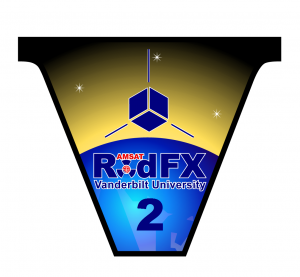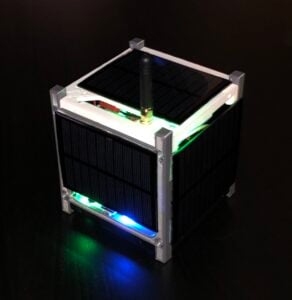With the election period now ended for the 2021 AMSAT Board of Directors I am pleased to announce that the following members have been duly elected to serve a two-year term on the Board:
- Joseph Armbruster, KJ4JIO
- Robert Bankston, KE4AL
- Jerry Buxton, N0JY
- Zach Metzinger, N0ZGO
These join the existing Board members who have a year left in their current terms.
I present to you the new AMSAT Board of Directors:
- Mark Hammond, N8MH
- Bruce Paige, KK5DO
- Paul Stoetzer, N8HM
- Joseph Armbruster, KJ4JIO
- Robert Bankston, KE4AL
- Jerry Buxton, N0JY
- Zach Metzinger, N0ZGO
Congratulations to the new Board of Directors and sincere thanks to each for stepping up to lead the organization into the future of amateur radio in space!
73,
Jeff Davis KE9V
Secretary
Radio Amateur Satellite Corporation (AMSAT)


